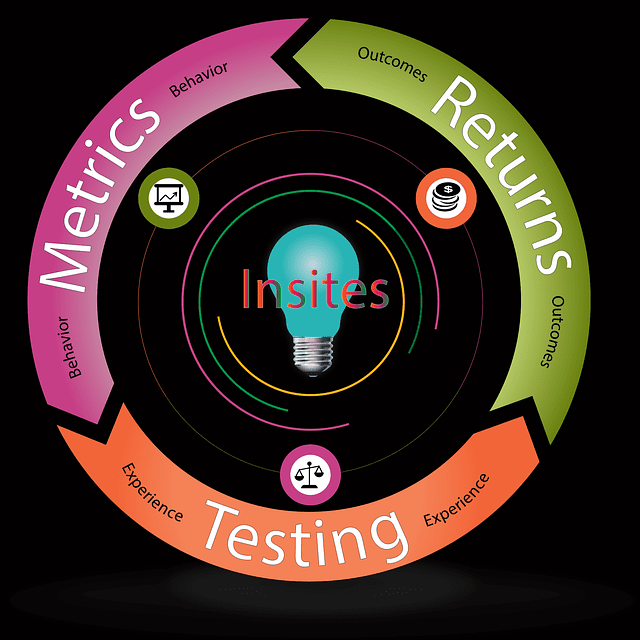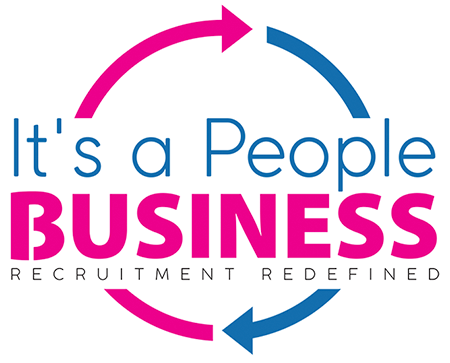Best Practices for Business Owners
Best Practices for Business Owners

In today's fast-paced business world, investing in employee training has become more crucial than ever before. The rapid changes in technologies, market trends, and customer expectations demand that businesses keep their workforce up-to-date with the latest skills and knowledge. Effective employee training can provide a competitive advantage to businesses by enhancing employee performance, boosting job satisfaction, and reducing employee turnover. However, without proper planning and execution, training programs can become a costly and time-consuming affair.
To ensure that training programs deliver the desired results, business owners need to adopt best practices that align with their organisational goals and values. This blog post provides insights into effective employee training practices that business owners can adopt to develop a competent and engaged workforce. We will discuss the importance of identifying training needs, designing relevant courses, delivering training sessions, evaluating training outcomes, and facilitating continuous learning.
Continuous feedback is important
Continuous feedback is important
By following these best practices, business owners can create a learning culture that enables employees to acquire new skills and knowledge, adapt to changing business needs, and contribute to the success of the business. Training should also be tailored to the needs of the individual employee, taking into account their skills, experience, and goals. This can be done through a combination of classroom training, online courses, and on-the-job training. Additionally, business owners should ensure that employees have a clear understanding of the expectations and objectives of the training program. Finally, it is important to provide feedback on employee performance throughout the training, as this will help to ensure that employees are meeting their training goals.
Read More: Mastering the Main Stages of Any Recruitment Discussion: A Practical Guide for Employers
1. Utilise a Learning Management System
1. Utilise a Learning Management System
Developing and implementing training programs for employees is crucial for the success of any business. One effective way to deliver training and development to employees is to utilise a Learning Management System (LMS). An LMS can automate and streamline the training process, making it easier to conduct employee onboarding, track progress, and provide ongoing training.
Increased Productivity
Increased Productivity
With an LMS, businesses can create and manage a variety of training materials, such as videos, presentations, quizzes, and certifications. Additionally, an LMS can track employee progress and ensure compliance with training requirements, giving business owners peace of mind. By utilising a Learning Management System, businesses can provide effective training to employees, which leads to increased productivity, higher job satisfaction, and better overall performance.
2. Create a Comprehensive Training Program
2. Create a Comprehensive Training Program

Developing and implementing training programs can be a critical component to the success of any business. Creating a comprehensive training program provides a framework for employees to gain the skills and knowledge they need to effectively contribute to the organisation's objectives. When done correctly, a training program can also help create a strong company culture, promote employee retention, and support ongoing professional development of your staff.
Invest in training your employees
Invest in training your employees
One of the most important aspects of any training program is to ensure that it is tailored to the specific needs of your business and employees. This includes identifying any gaps in work-related skills, determining the best methods of instruction, and developing clear goals and objectives. By investing in training your employees, you will not only help them succeed in their roles, but also enhance the overall performance of your organisation.
Read More: The Future of Work: Predictions for Online Recruitment in the Next Decade
3. Incorporate Experiential Learning
3. Incorporate Experiential Learning

When developing and implementing training programs for your employees, it is important to consider incorporating experiential learning opportunities. This type of learning allows individuals to apply knowledge and skills in a hands-on environment, which can lead to deeper understanding and retention of information. Examples of experiential learning methods include on-the-job training, simulations, case studies, and role-playing exercises.
Enhance teamwork and collaboration among employees
Enhance teamwork and collaboration among employees
By providing these opportunities, employees can improve their critical thinking abilities and become more confident in their ability to carry out tasks in real-world situations. Additionally, it can enhance teamwork and collaboration among employees, as they work together to solve problems and achieve goals. Overall, incorporating experiential learning into your training programs can lead to more effective and engaged employees.
4. Offer Ongoing Support and Resources
4. Offer Ongoing Support and Resources

Developing and implementing training programs that effectively educate employees on company policies and procedures is essential for the success of any business. But providing just the initial training session is not enough. Ongoing support and resources are crucial to ensure that employees retain the knowledge they learned and feel empowered to apply it in their workplace.
Various modes of Training.
Various modes of Training.
This could include access to training materials such as manuals or online courses, regular check-ins or follow-up sessions, and the option for employees to ask questions or receive feedback from supervisors. Offering ongoing support can also increase employee engagement and satisfaction, as they feel that their employer is invested in their success and growth within the company. Ultimately, providing ongoing resources and support will lead to a more knowledgeable, confident, and productive workforce.
Read More: Mastering Talent Acquisition: Strategies and Best Practices for Recruiting Top Candidates
5. Measure Success with Metrics and Analytics
5. Measure Success with Metrics and Analytics

Developing and implementing training programs is an essential aspect of any successful business, but measuring the effectiveness of that training is equally crucial. It's not enough to simply provide employee training; you must also ensure that the training results in measurable outcomes that benefit the company. To do this, it's essential to use metrics and analytics to gauge the success of your training programs.
Gain valuable insight
Gain valuable insight
These metrics can include everything from employee performance metrics, like sales numbers or customer satisfaction ratings, to more subjective measures like employee feedback and engagement surveys. By analysing these metrics, business owners can gain valuable insight into the effectiveness of their training programs and identify areas for improvement. Regularly tracking and analysing these metrics can also help business owners stay on top of emerging training needs and ensure they are always providing the highest quality training opportunities for their employees.
Read More: The Benefits of Working with a Flat Fee Recruiter
Conclusion
Conclusion
In conclusion, effective employee training is crucial for businesses of all sizes to succeed. By implementing the best practices such as identifying your training goals, creating engaging content, and providing ongoing support and feedback, business owners can create a culture of learning and development within their organisation. Investing in employee training not only benefits the employees but also the company as a whole, leading to increased productivity, higher employee satisfaction, and a stronger bottom line. By prioritising employee training, business owners can set their organisation on the path to long-term success. Reach out to It's a People.Business for expert guidance and support in implementing these best practices. Our team of recruitment professionals can help you develop a cost-effective and efficient hiring strategy that aligns with your business goals.
